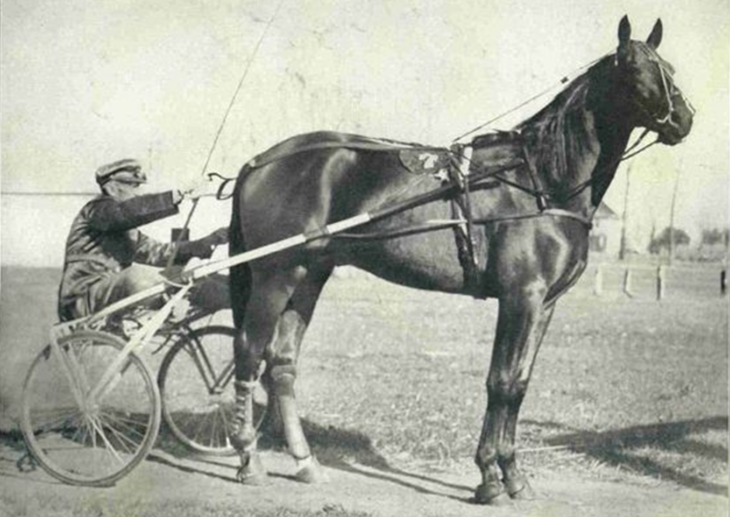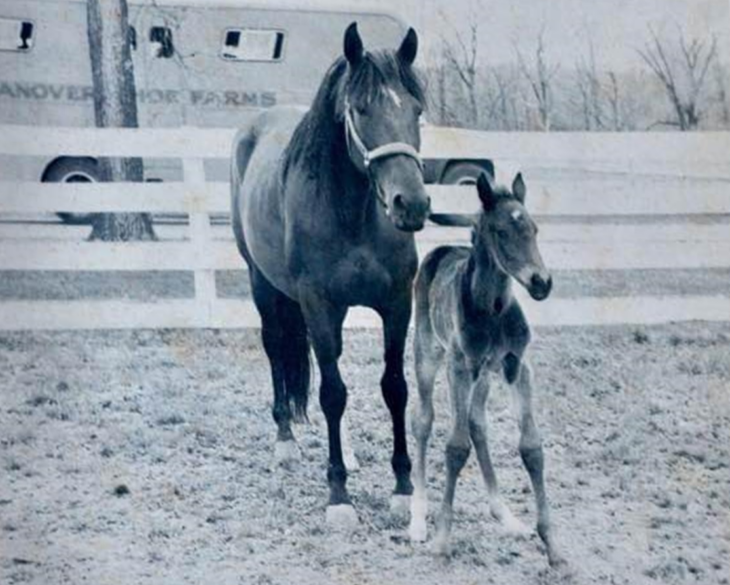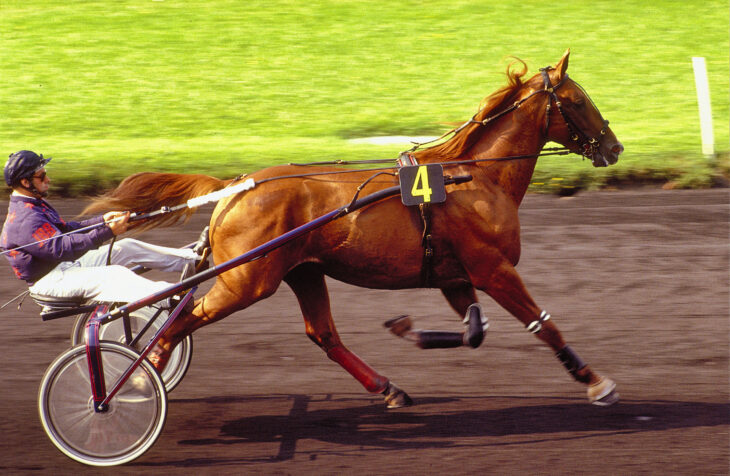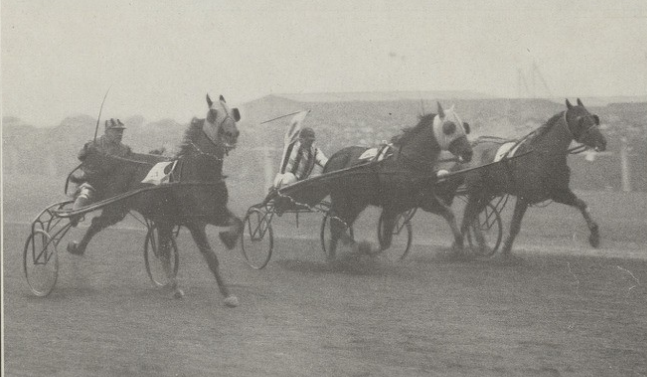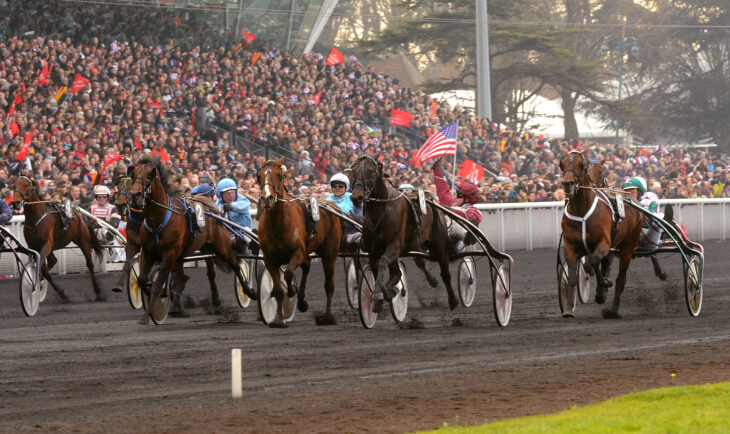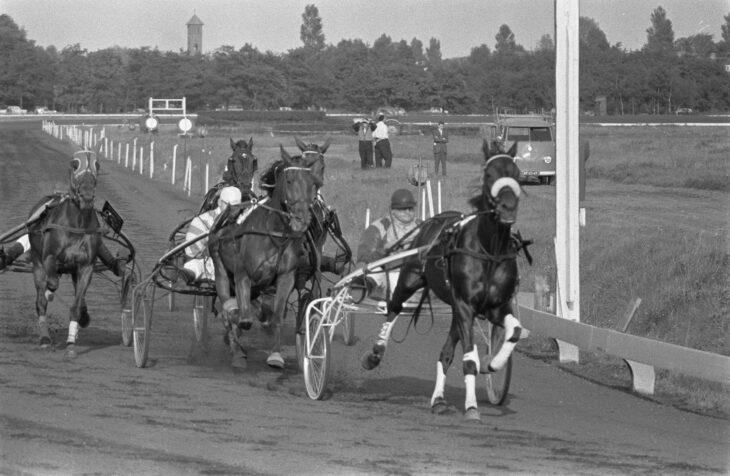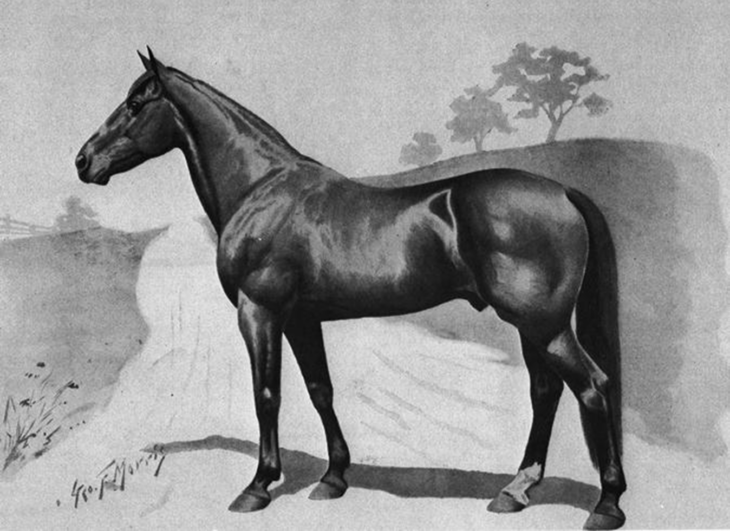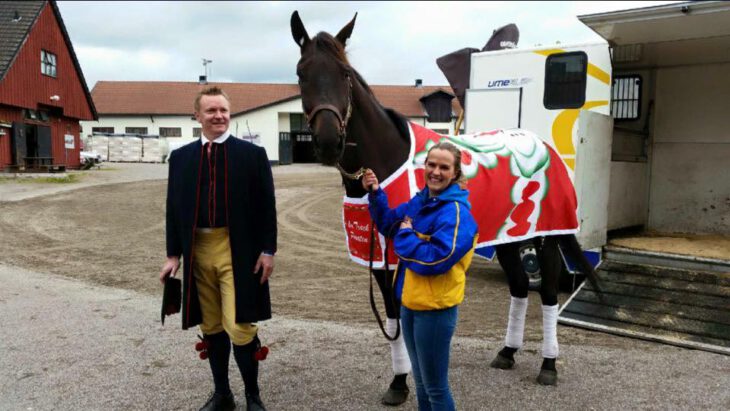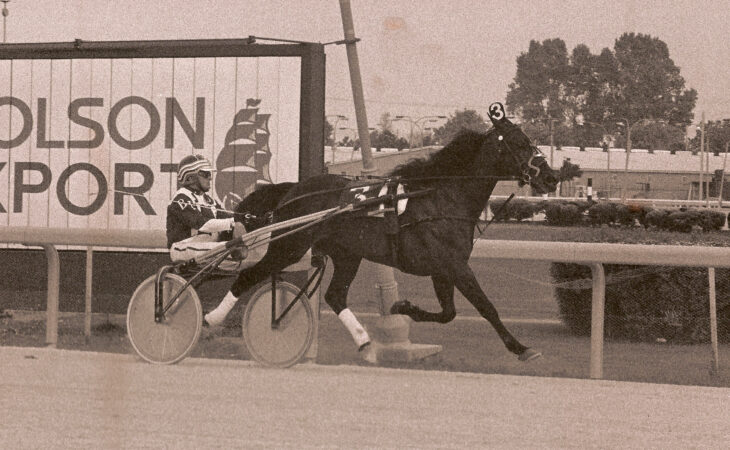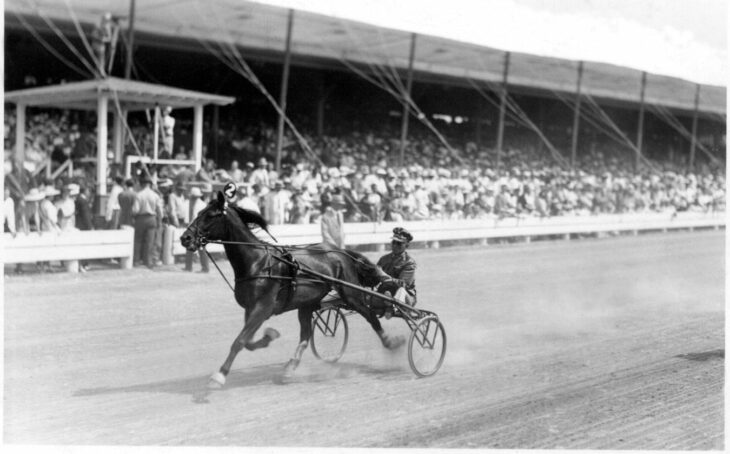The expression “Who’s your daddy?” is often used as a claim of dominance. In the case of the 1938 foals of Gäel, a champion French trotter, it is more a matter of facts than dominance. Though he officially never sired a single foal in France, it is now common knowledge operated in the shadows at Haras de Ginai and produced several top French trotters.
Read MoreAuthor - Lisa
You have horses with great pedigrees, then you have those really blue-blooded horses … and then there is Florestan. Despite being a son of the world’s best stallion at the time and possibly the best race mare in history, the brown colt was effectively stateless and a bit of an outcast in his time. The French changed their mind about him, though, and gave him the chance at stud, a move which started the French trotting revolution.
Read MoreWhen Jean-Baptiste Bossuet looked at the yearling in September 1986, he wasn’t particularly impressed. There just was no “wow” feeling to the chestnut, but breeder Bernard Hallope, keen on selling, offered Bossuet 50 % at a low price if he would start training the horse. Bossuet accepted, somewhat reluctantly, as he knew that many other buyers, including some big-name trainers, had examined the yearling and found him wanting. Could all of them be so wrong? As it turned out, they could.
Read MoreHe was a war foal who rose to the top of the French elite in the 1920. The first and only horse to be disqualified from a win in the Prix d’Amerique, Passeport was a tremendous trotter who was just as outstanding at stud.
Read MoreHe was one of the best trotters the world has seen and went on to become an even better stallion before he died too soon. The story of Ready Cash is a fascinating tale of coincidences, but most of all the story of one of the most legendary trotters ever.
Read MoreAt 7 he was still a highly average trotter, clearly below the best in France. However, a Dutch trainer thought he saw something in the picturesque colt and purchased him for one of his owners. Willem Geersen needed no time in turning Hairos II from highly average to world class, and thus started one of the most spectacular fairytales in the world of trotting.
Read MoreIt’s a story full improbable twists, cruel treatment and bizarre facts. What ended up as Hambletonian’s possibly greatest son at stud was in fact an alcoholic and named for the shadiest of writers who “reviewed” brothels in the name of journalism… It is said that cream always rises to the top. George Wilkes, the stallion who changed how trotters moved their hind legs and the paternal great-grandsire of Axworthy, started at the bottom but rose to the top.
Read MoreHe competed for 12 seasons, won numerous big races through his 199 career starts and retired only to excel in show jumping dressage and everything else thrown at him. On Track Piraten won in several countries, over distances from one to two miles over ten seasons.
Read MoreAsk somebody to name a horse with 30 straight wins and they will probably be able to do so: pacing fans will probably answer Bret Hanover, French and European trotting fans will probably answer Tenor de Baune while Coldblood enthusiasts will undoubtedly bring up Järvsöfaks. Most likely only Canadian trotting fans bring up A Worthy Lad, whose exploits unfortunately have already started to be forgotten.
Read MoreHaving won the Hambletonian twice, in 1930 with Hanover’s Bertha and 1937 with Shirley Hanover, the Hanover Shoe Farms’ Lawrence Sheppard had no obvious Hambletonian candidate in 1938. However, he got the success he wanted when he bought the winner shortly before the big race. McLin Hanover turned out to be a spectacular trotter – in fact so good he had to leave the continent.
Read More
